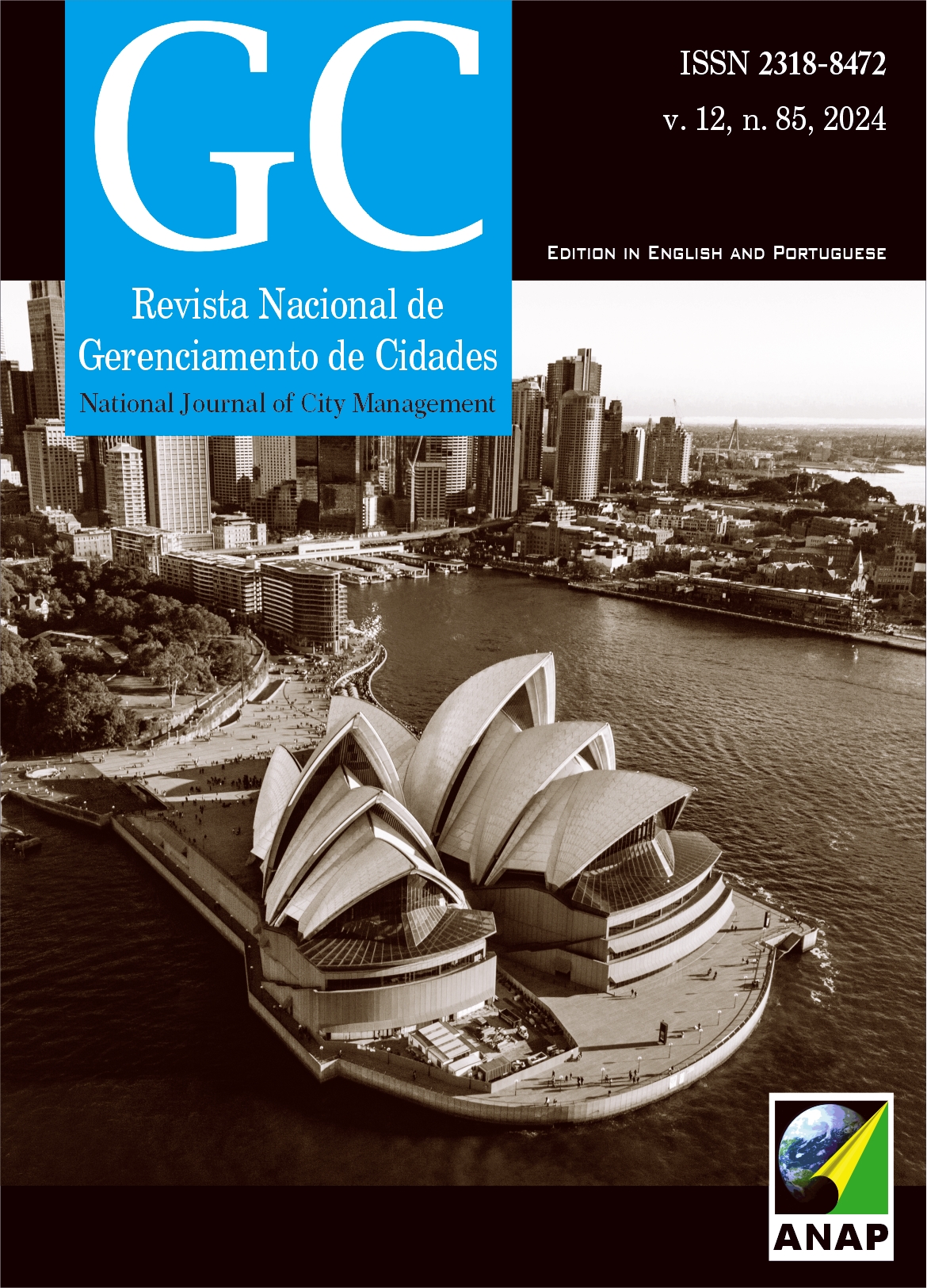Morphological Aspects and Quality of Urban Life
DOI:
https://doi.org/10.17271/23188472128520244213Palavras-chave:
Urban Morphology, Public Open Areas, Urban Quality of LifeResumo
In most parts of the world, cities have undergone an accelerated process of territorial and population dispersion over the last 50 years. The demand for new quality open spaces, as a result of the urbanization model, and the environmental changes it has caused, has also contributed to the search for a better quality of life in cities. Studies on urban quality of life focus more intensely on variables linked to aspects of human development, socio-economic aspects, and sustainability, but little has been studied on the influence of urban form on quality of life. This work aims to propose a reflection on the relationship between urban form and quality of life in the city, based on a current theoretical framework. The research method focused on a qualitative analysis of the selected theoretical framework. The research findings show that based on the concepts and studies carried out, it was observed that the spatial configuration of cities and their neighborhoods contributes directly contributes to the population, by allowing more sustainable urban spaces and practices. Thus, it has been observed that urban form is not sufficiently explored in quality of life indices and indicators, being presented superficially and on a broader scale. In the same vein, some studies that relate urban form and quality of life, even at the local scale, do not detail how these relate to other urban and human aspects, which may hinder a better understanding of the impact of the built environment on urban sustainability.
Downloads
Publicado
Edição
Seção
Licença
Copyright (c) 2024 Revista Nacional de Gerenciamento de Cidades

Este trabalho está licenciado sob uma licença Creative Commons Attribution-NonCommercial-ShareAlike 4.0 International License.














